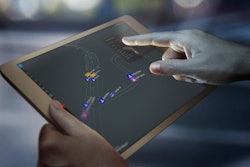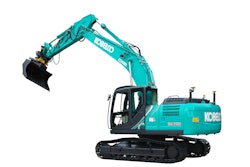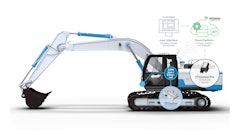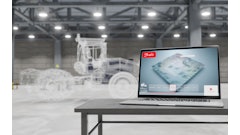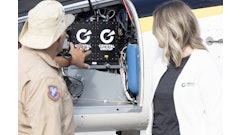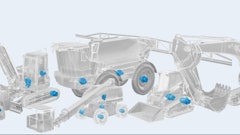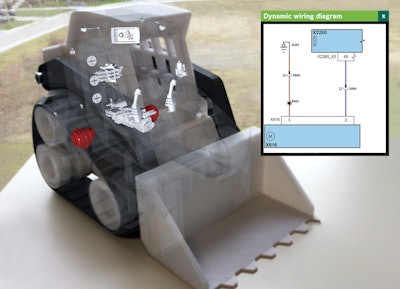
At the bauma trade fair from April 8-14, 2019, the Bosch Automotive Aftermarket business unit will be presenting numerous products for vehicle diagnostics at a joint booth with Bosch Rexroth in Hall A3/Booth 327 - both for the manufacturers of construction and automotive Agricultural machinery as well as their workshops that maintain and repair these machines.
Car manufacturers around the world have been using Bosch's proven Grade-X diagnostic platform to efficiently develop software solutions for vehicle diagnostics and repair. Bosch has adapted this successful platform, which can be used across brands with international industry standards, for the construction and agricultural machinery market. Even in construction and agricultural machinery, intelligent, electronic and networked solutions are growing rapidly. Manufacturers are developing complex cloud-based diagnostics and service over the air (SOTA) capabilities to ensure machine readiness at all times. This technical complexity requires the secure handling of large amounts of data and the use of fast analysis tools. Bosch's Grade-X platform offers vehicle and machine manufacturers optimum options for the uncomplicated, timely preparation of diagnostics for new series and reduces development times by up to 50%. The proven platform is currently in use by more than 30 vehicle manufacturers worldwide.
Grade-X - the platform and its applications at a glance:
Can be integrated into existing manufacturer platforms
The Bosch Grade-X platform can be easily integrated into existing customer platforms. It is modular and scalable and also allows the integration of tools from other manufacturers. The platform supports various industry standards, allowing easy data exchange. End-to-end encryption and other security technologies protect against hacker attacks and ensure secure data transmission.
Applications for troubleshooting and repair in the automotive workshop
The diagnostic solutions developed with Grade-X can be output on different end devices and systems - for tele-diagnosis of a machine or embedded in a control unit as well as for use on a workshop PC or a tablet. The workshop employee supports the diagnostic application for symptom-based troubleshooting. The intuitive user interface of the workshop software, which can be branded individually by the manufacturer, leads the user through the diagnostic process step by step. After the mechatronic engineer has identified the machine after connecting a diagnostic tester, for example, based on the serial number with all the technical features, it will only receive machine-specific information in the further course. If the error image has been read from the error memory, The innovative software ActiveSchematics developed by Bosch creates the schematics relevant to this fault image. Only components that are actually installed in the machine and are responsible for the error are taken into account.
Using augmented reality (AR), the mechatronics engineer receives additional text and image information as well as the location of hidden components displayed on the screen of his tablet or displayed in his augmented reality glasses. Bosch has developed the Common Augmented Reality Platform (CAP) for the uncomplicated creation of AR applications. CAP uses data directly from the development and uses information from different databases for the respective AR application.
Two powerful tools: Augmented Reality and ActiveSchematics
The combination of augmented reality and ActiveSchematics accelerates repair procedures and helps to avoid mistakes. The limitation of the error is made just as easy as the identification of the affected components. In addition, the mechatronics engineer avoids time-consuming reference in manuals and can start repairing faster. Focussing on information that is relevant to the individual vehicle and fault pattern also helps to avoid unnecessary repair paths and thus costs.




